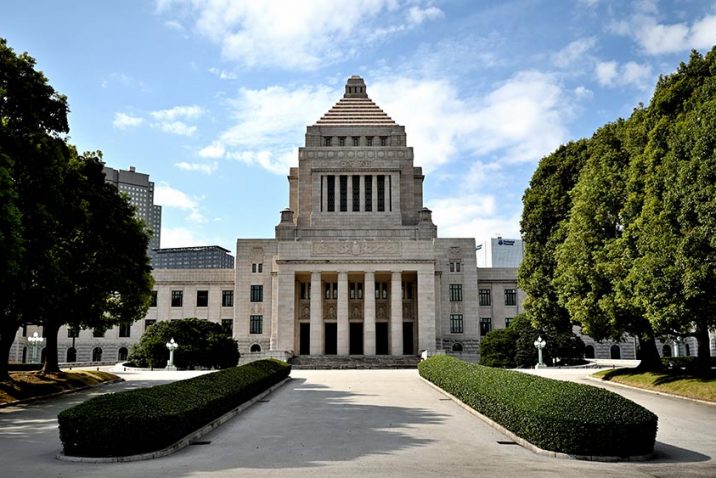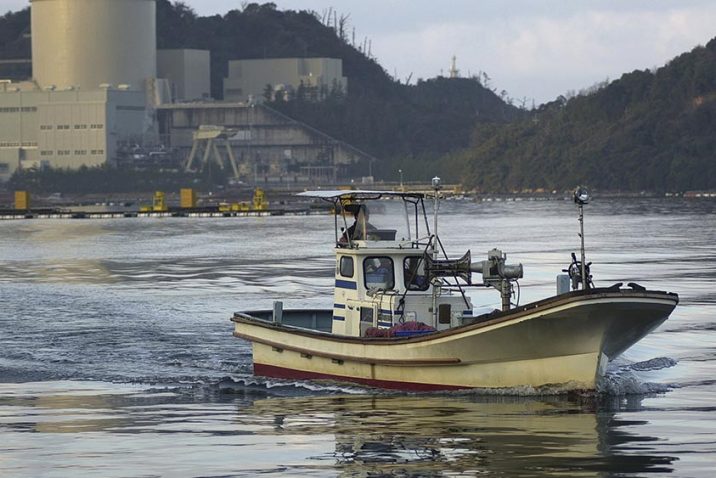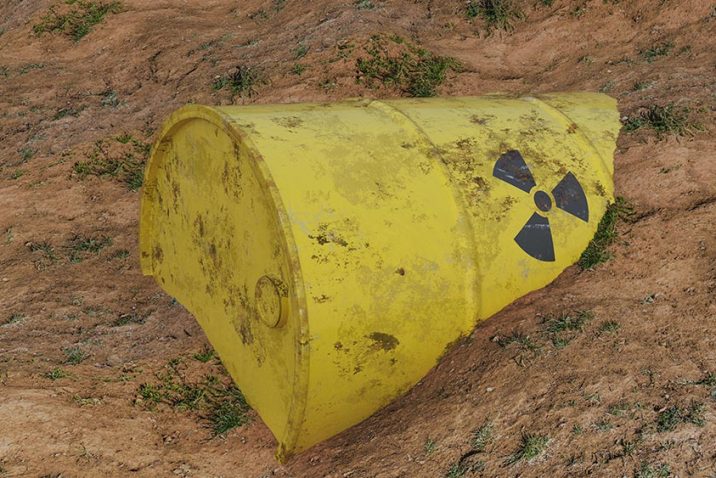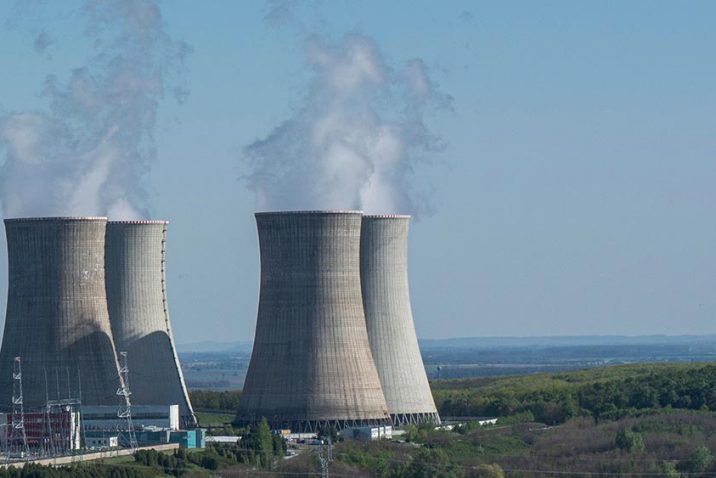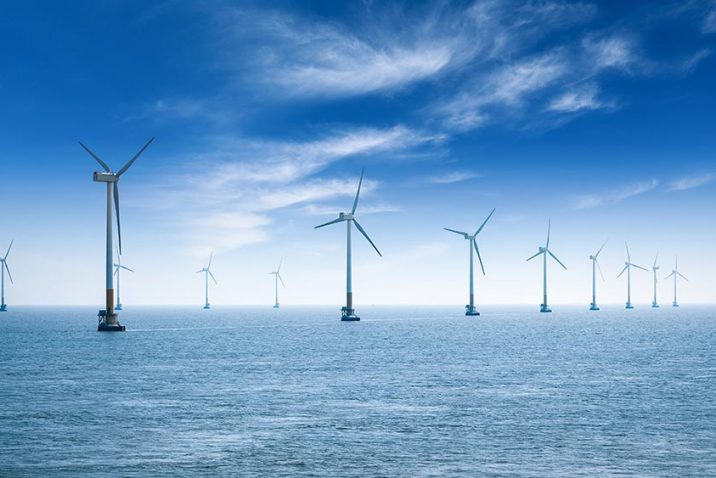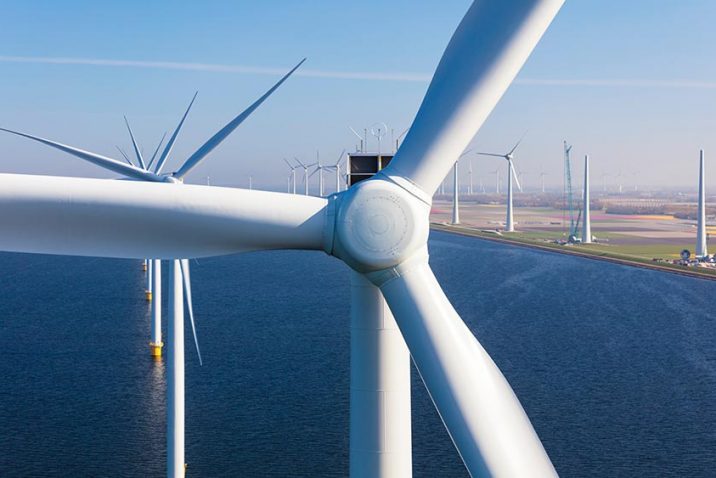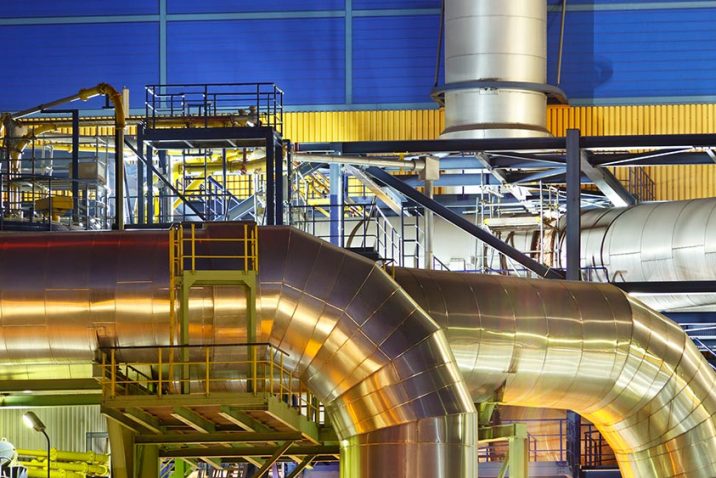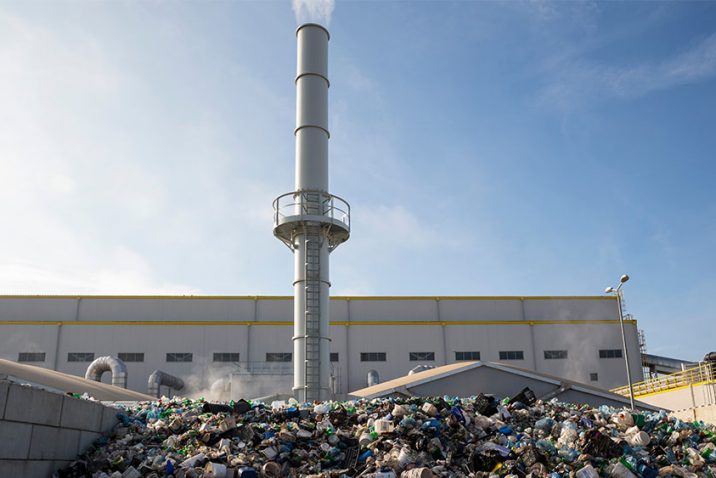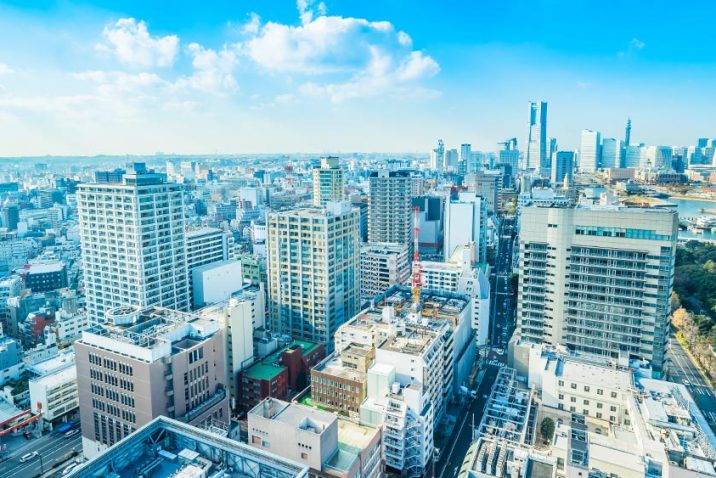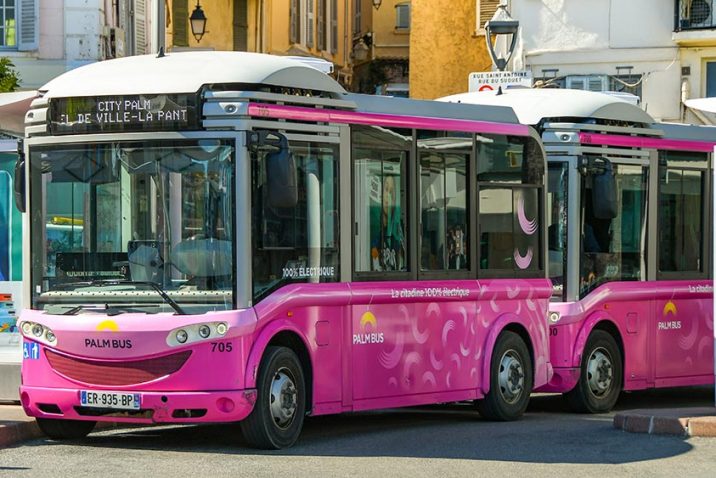Before the Fukushima nuclear accident in 2011, 11% of Japan’s energy was supplied by nuclear power, while fossil fuels supplied 80%. Nuclear power lost most of its share after the nuclear accident, and consequently, dependence on fossil fuels...
Safety concerns are the main factor of the public image of nuclear power. This is not only limited to its underdeveloped waste management system but also traumatic nuclear accidents in the past. Nuclear waste can stay active for hundreds of...
Nuclear waste refers to the byproducts of nuclear reactors. One of the biggest challenges of a nuclear power plant is how to manage this spent fuel after the power has been generated. Spent nuclear fuel is dangerously radioactive and has the...
Aside from its safety and waste concerns, nuclear power is considered one of the most viable options for sustainable energy solutions. This owes to its clean, efficient production of power. Nuclear power is often praised for its ability to generate...
Supported by economic policy and technological advancement, China now has a leading position in wind energy. As of 2019, China’s wind energy generation exceeded 221 gigawatts. This accounts for more than a third of the world’s wind...
Wind power refers to the generation of electricity using wind turbines, which are driven by the wind or air flows. Due to the performance-enhancing built-in mechanism, the blades are always aligned with the direction of the wind. This mechanism also...
Effective incinerators are expensive to build, therefore, it can take years until the economic benefits start to materialize. For example, in the U.S., a trash incinerator plant costs $280 million to build, which is two to three times more expensive...
The role of waste-to-energy plants is to turn non-recyclable waste into heat and electricity, thus reducing landfill usage and the need to burn fossil fuels. Simultaneously, waste-to-energy plants also help reduce the levels of methane generated...
Google Trends shows that Japanese searches for “circular economy” have been on the rise since the beginning of 2019. There are several organizations behind this surge. Among them, Circular Economy Japan is working to build a circular...
The ecological footprint measures the supply and demand of nature. That is, we can use it to compare how a population consumes natural resources and how much the environment provides to sustain their lifestyle. Global carbon emissions from burning...


